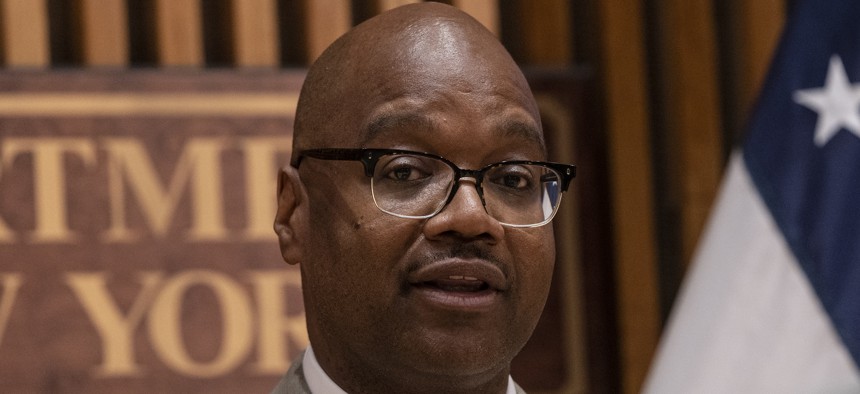Food stamp applicants waiting on benefits can blame a staffing shortage at the Human Resources Administration. At least in part.
New York City’s latest Preliminary Mayor’s Management Report, which details an array of agency performance indicators from July through October 2022, noted that the timely processing of Supplemental Nutrition Assistance Program benefits stood at just over 42% in that time, down from 71% over the same period last year.
The declining rate of timely processing of SNAP benefits has been evident for a while, as the Mayor’s Management Report for the last full fiscal year clocked a timeliness rate of just over 60% – down from nearly 92% the previous year.
The latest report, released Monday, shows that the worrying trend has held for the first four months of fiscal year 2023. But unlike the previous management report, staffing challenges are now cited as part of the reason for the delays. The report notes that the nearly 29% decline in the SNAP application timeliness rate over the same period last year was due to “continued unprecedented increases in applications, the end of federal waivers that had delayed recertifications and reduced staffing levels due to attrition and retirements.” The disastrous economic impacts of the COVID-19 pandemic led to a higher SNAP caseload, which the city said is still “at the highest level in recent years.”
Several residents sued the city in late January for not processing SNAP and cash assistance applications within a required 30-day period.
In response to Mayor Eric Adams’ preliminary budget proposal, which removes roughly 4,300 vacant positions across city agencies, City Council leaders stressed that solutions need to be found to fill the remaining empty roles. City Council Speaker Adrienne Adams and City Council Finance Committee Chair Justin Brannan pointed to food assistance as one of the key city services that have been hindered by staffing challenges.
Staffing shortages were mentioned as contributing to several other indicators trending in the wrong direction in the latest report from the city. That included a 47% decrease in miles of bus lanes installed by the Department of Transportation. Just 6.8 miles were installed between July and October of 2022, compared to 12.9 miles over the same period last year. The report also attributed that decline to political opposition and space constraints, among other reasons.


